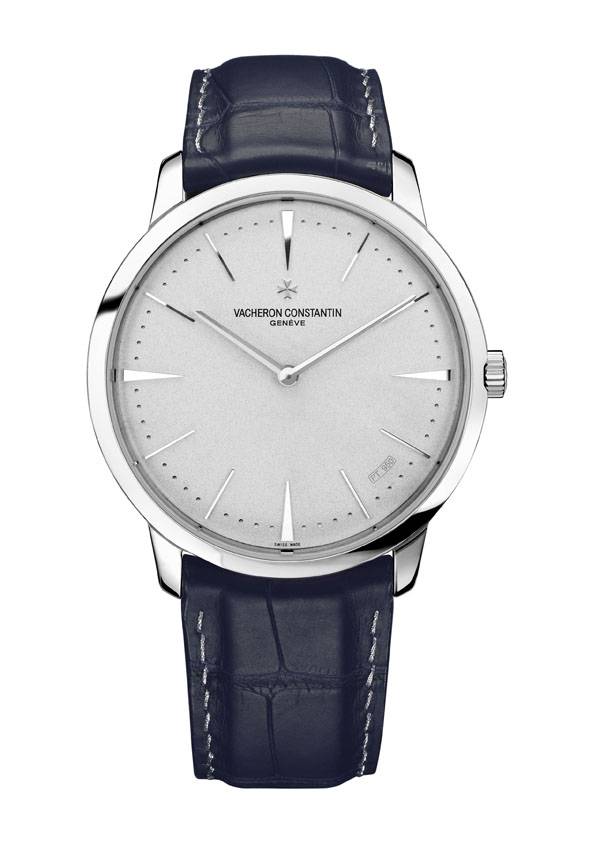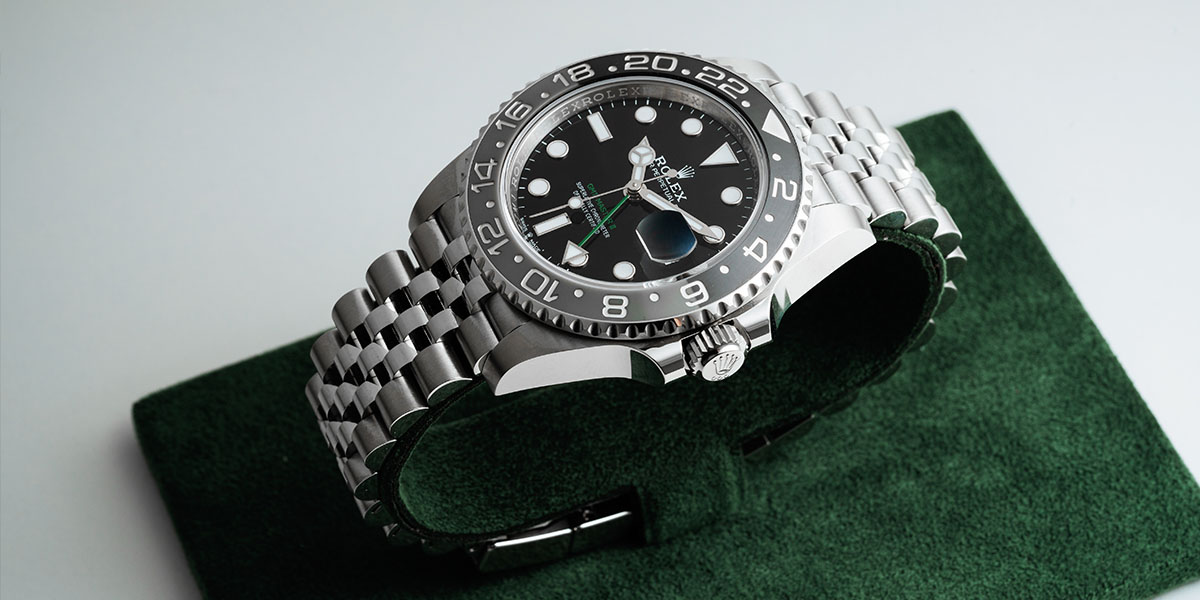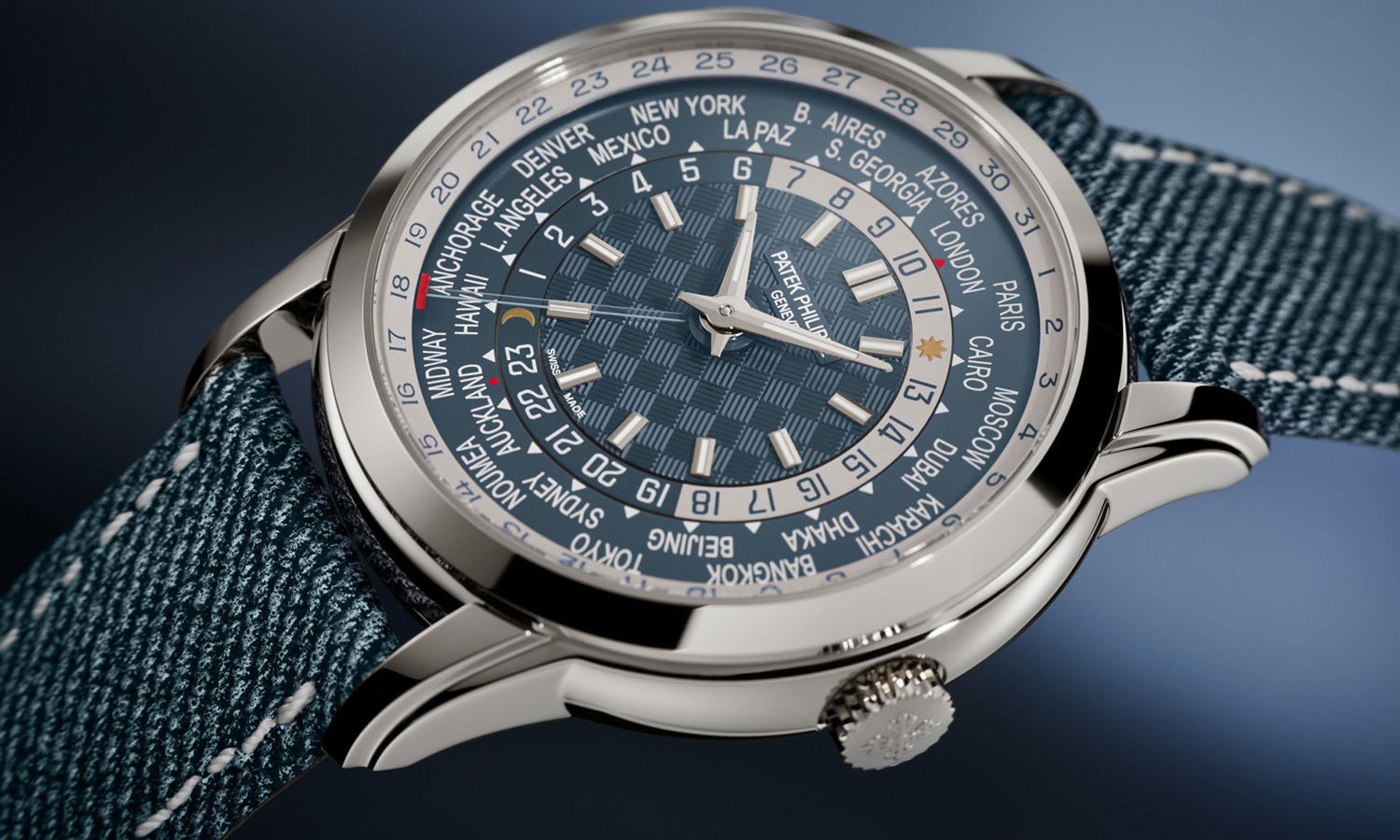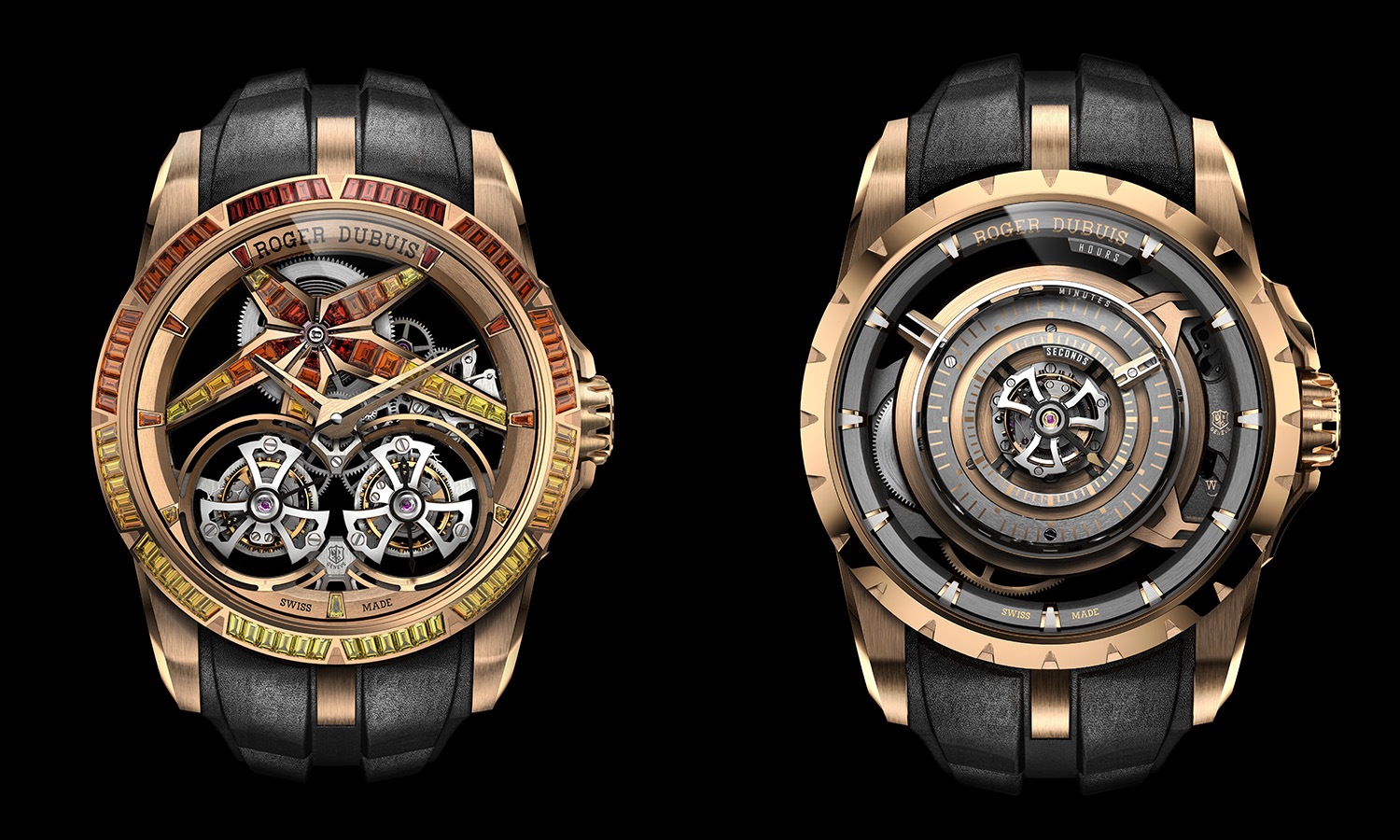
THE THIN MAN: THE VACHERON CONSTANTIN PATRIMONY CONTEMPORAINE COLLECTION EXCELLENCE PLATINE
As regular Haute Time readers know, extra thin watches have a big place in our hearts, and in the small world of ultra slim timepieces there are few bigger names than the oldest in the business, Vacheron Constantin. Extra flat watches have been a speciality of the firm’s for, quite literally, centuries. At the time of its founding in 1755 pocket watches were quite thick (thanks to the type of watch regulating mechanism –technically known as a verge escapement –in widespread use at the time) but men of fashion, especially in France, wanted timepieces that wouldn’t bulk uncomfortably big in their pockets.
The solution was a new type of construction pioneered by an unlikely hero of watchmaking –Beaumarchais –the author of the Figaro plays best known today as the basis for the operas by Mozart and Rossini –and his brother in law, Antoine Lépine. The type of extra thin movement the two developed became known as the Lépine calibre, and Vacheron Constantin’s first use of a Lépine type movement dates to 1780.
Today Vacheron Constantin continues to produce wristwatches that carry forward this tradition in some of the world’s slimmest wristwatches, and using a movement that’s a true heir to the original inspiration of Lépine and Beaumarchais. Though there are many distinguished extra flat watches in Vacheron Constantin’s collections, one of the newest –and most flat-out elegant –is the new Patrimony Contemporaine self-winding watch from the Collection Excellence Platine. The watch is an absolutely pure example of the classic extra flat gentleman’s dress watch –two hands, delicate baton markers (the hint of instrumentality conveyed by Arabic numerals and the slightly baroque flavor of Roman numerals would both unnecessarily clutter its resolutely minimalist dial) and the entire watch is executed in platinum, whose austere glow gives the watch an inimitable hauteur. (Even the stitching on the strap is a combination of silk and platinum threads.)
Inside is one of the most exclusive movements in watchmaking: the Vacheron Constantin calibre 1120, the world’s flattest self-winding movement with a full diameter rotor. First produced in 1967, the calibre 1120 was originally designed by Jaeger LeCoultre but actually used by only three companies: Audemars Piguet, Patek Philippe, and Vacheron Constantin, sometimes referred to reverently as the “Big Three” of classical Swiss watchmaking. A whole host of technical innovations have kept it both rare and in its pole position as a record holding extra flat watch movement at only 2.45mm thin, with the case measureing 42mm overall. The icing on the cake: the movement is stamped with the prestigious Geneva Seal, a mark awarded by an independent inspection office at the Geneva School of Watchmaking only to movements of the highest quality.
The Patrimony Contemporaine in 42mm is offered in platinum only, with a platinum buckle and dark blue alligator strap; it is a limited edition of 150 numbered pieces; price $53,000.
Jack Forster is the Editor in Chief of Revolution Magazine, a quarterly publication celebrating the world of fine watchmaking, and he also manages Revolution Online www.revo-online.com the foremost information and discussion site on the internet for watch enthusiasts.
Like Haute Time? Join our Facebook page or follow us on Twitter @hautetime.
 SIGN UP
SIGN UP










